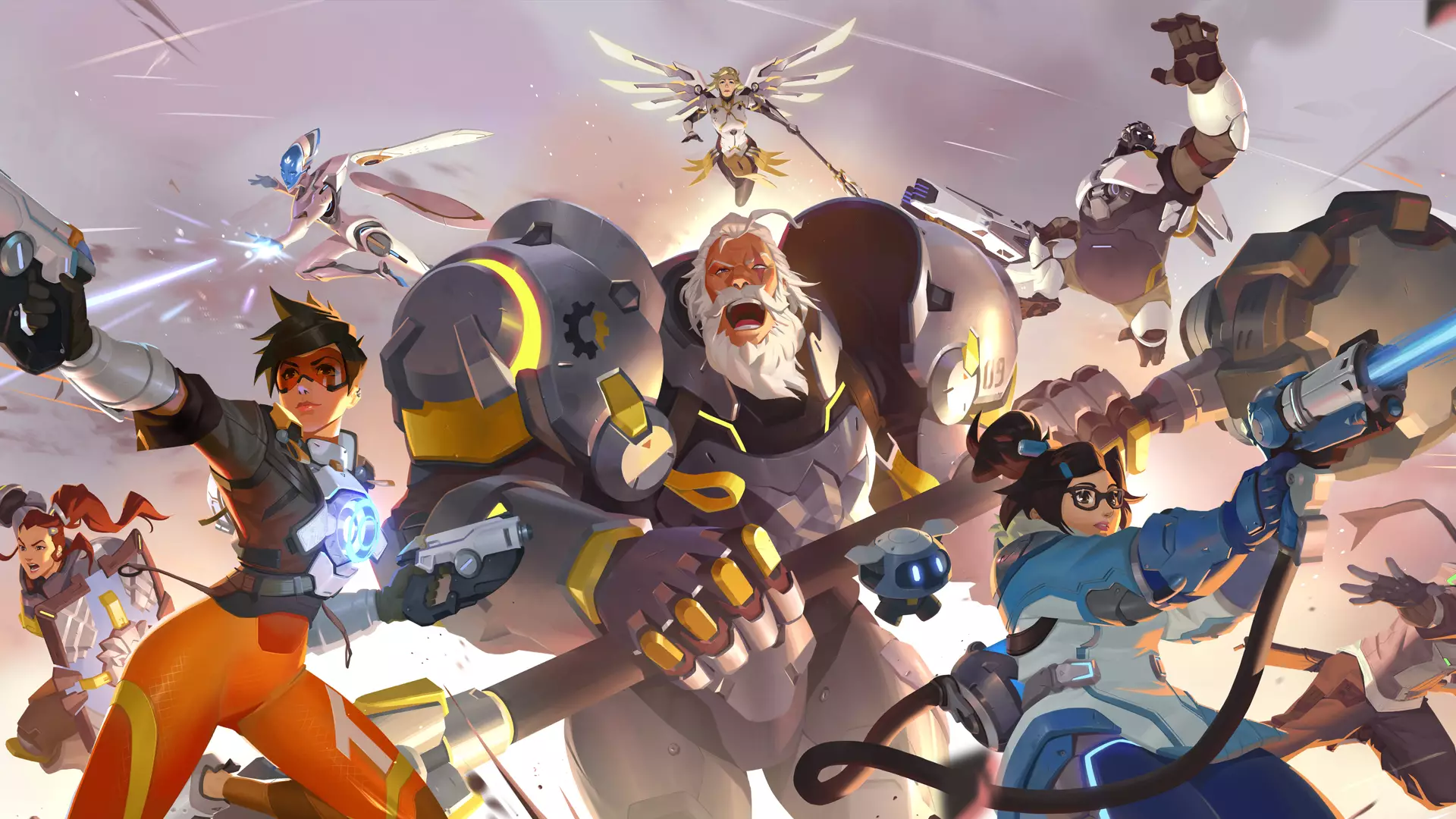Overwatch once captivated gamers and newcomers alike through its vibrant characters, rich lore, and evocative animated shorts. These cinematic gems weren’t just promotional tools—they were identity fragments that deepened player engagement and nurtured a thriving community. Yet, over time, there’s been a noticeable decline in these high-quality narratives, creating a void that risks diluting the franchise’s essence. As the gaming landscape becomes increasingly competitive, Blizzard’s hesitation to revive these storytelling gems reflects a broader misjudgment: underestimating the power of visual storytelling as a catalyst for sustained franchise vitality. If Blizzard truly aspires to position Overwatch as an iconic universe, revitalizing its animated shorts isn’t merely a nostalgic gesture; it is an urgent strategic move to reignite fan passion and establish a compelling narrative foundation.
From Disappointment to Opportunity: An Unfinished Story
The original Overwatch films served as a masterclass in character development and world-building, transforming a multiplayer shooter into a universe teeming with lore. However, the ambitious plans for Overwatch 2, including a narrative-driven PvE campaign, fell short due to logistical and developmental hurdles, leading to disenchantment among fans who eagerly anticipated a more substantial storyline. These unmet expectations have fueled criticism that Blizzard is losing its storytelling edge. Yet, this obstacle presents an opportunity rather than an obstacle—you can’t rewrite history, but you can leverage the story’s potential through compelling visuals. Short animated films, which previously showcased Blizzard’s mastery of storytelling, could serve as these digital bridges, reconnecting fans with the lore while showcasing new content. Such shorts would serve as a catalyst, reigniting interest and redefining Overwatch’s identity beyond its gameplay mechanics.
Reclaiming Cultural Dominance Through High-Impact Content
Blizzard’s Animated Shorts were once a cultural phenomenon, rivaling Pixar in their storytelling finesse and artistic craftsmanship. These shorts didn’t merely introduce characters—they told stories that resonated on a personal level, forging emotional bonds between fans and heroes. Today, the company’s silence on this front signals missed opportunities in an age where visual content is king. The resurgence of Overwatch shorts would reaffirm Blizzard’s creative prowess and leverage the franchise’s existing cultural capital. Moreover, in an era dominated by streaming platforms like Netflix, a high-quality Overwatch series could extend the brand’s reach exponentially. Not merely a marketing ploy, a TV adaptation could serve as an evergreen resource for storytelling, fostering a new generation of fans while deepening the engagement of current enthusiasts. It’s a strategic move that would cement Overwatch as a cultural juggernaut in the realm of animated entertainment.
Strategic Revival or Brand Stagnation? The Cost of Silence
Failing to capitalize on the franchise’s narrative potential may stymie Overwatch’s long-term relevance. With the competitive landscape brimming with fresh IPs and evolving multiplayer experiences, Blizzard risks relegating Overwatch to a mere game rather than an enduring universe. The company’s acknowledgment of the storytelling gap, coupled with hints of a return to animated shorts, indicates a recognition of this flaw. However, the execution will be crucial. High production value shorts must be accompanied by a strong strategic vision—leveraging them to build anticipation for future content, deepen lore understanding, and sustain community engagement. Ignoring this aspect could result in a stagnation that Xbox and PlayStation franchises have often suffered—beloved, but slowly forgotten. Conversely, a well-timed revival could reignite the franchise’s star power, ensuring Overwatch remains relevant in an increasingly crowded marketplace.
Unleashing Full Potential: The Future of Overwatch’s Narratives
Looking ahead, Blizzard must recognize that storytelling isn’t an ancillary aspect of gaming; it’s a core pillar. Modern players crave immersive worlds, complex characters, and narratives that justify the time spent in the game universe. The company’s interest in a TV series signals an understanding of this shift. The success of high-budget animated projects, like the recent Disney/Marvel series or Netflix’s own slate, demonstrates that audiences are eager for quality, lore-rich content. Blizzard’s advantage lies in its established universe and beloved characters. By investing in a new wave of animated shorts and a potential series, they can elevate Overwatch from a multiplayer shooter to a multimedia franchise. Such storytelling efforts would not only bridge gaps left by the canceled PvE campaign but also redefine the franchise’s cultural footprint for years to come.
In essence, Blizzard’s challenge is to remember what made Overwatch special—the compelling characters, the vibrant world, and meaningful stories. Earning back fan trust and excitement will require more than in-game updates; it demands a bold reinvigoration of its visual storytelling legacy. If Blizzard can harness this power effectively, Overwatch won’t just be firing on all cylinders—it will be soaring to new heights of cultural relevance and storytelling excellence.

